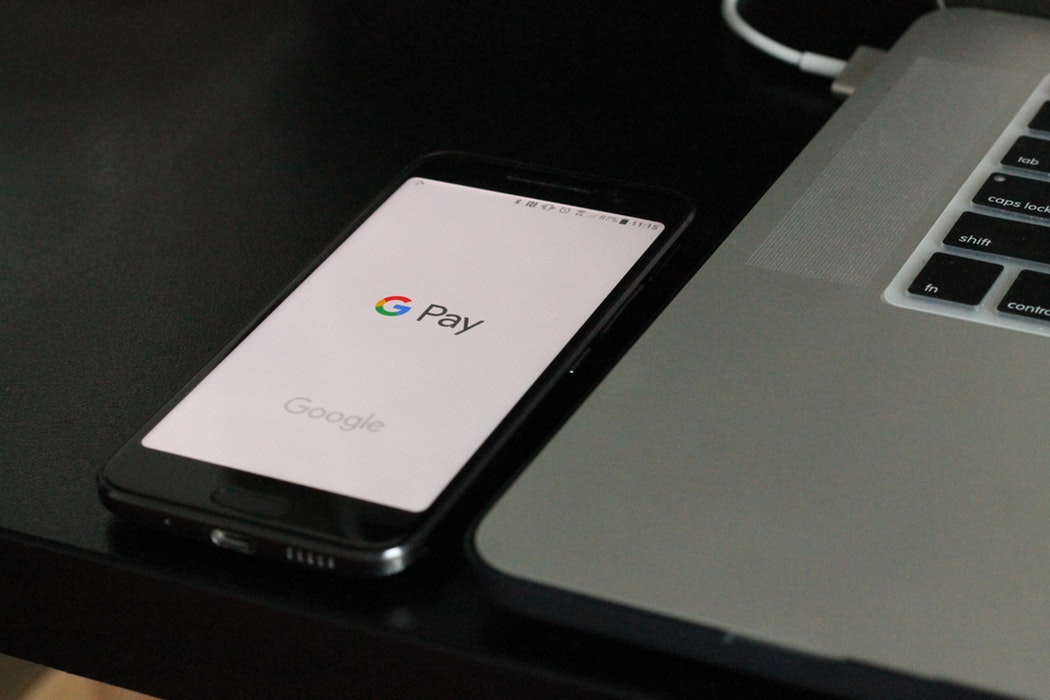Retailers have embraced new opportunities presented by the technology that makes mobile payments possible. However, mobile payments still cause confusion for consumers. Many consumers are distrustful of the technology, and retailers will not be able to fully take advantage of the technology until consumers are more willing to use the payment option. Here is a look at some of the common ways that consumers misunderstand the mobile payment process.
Lack of Understanding of the Mobile Wallet
A general lack of understanding about the concept of a mobile wallet has prevented consumers from understanding the benefits of maintaining one. About 20 percent of consumers have never even heard of a mobile wallet before, and more than one-third believe that a mobile wallet is the same as a mobile payment platform — but wallets that are available on a mobile device offer expanded opportunities beyond making payments.
Only about one-quarter of consumers understand that a mobile wallet can be used to make payments and store personal identification and loyalty account information.
Security Concerns
Mistrust of mobile payments is a major obstacle blocking the widespread use of the payment method. Consumers know that retail giants have been targeted by identity thieves in the past. While the theft of information often involves in-store payment systems that are not used in conjunction with mobile payment platforms, consumers believe that mobile systems pose an even greater threat than wired systems. In other words, consumers feel that, if their information can be compromised on a wired system, it will inevitably be stolen through a mobile payment platform.
Consumer behavior tends to be similar in economically strong countries across the world. A study completed in the U.K. found that only about one-quarter of consumers utilized a mobile device as a payment tool when shopping. People who don’t use their mobile device for payments often have the ability to do so with an app that they have already downloaded on their device. However, approximately 80 percent of people who use a mobile device say that security concerns keep them from using their device for mobile payments.
Retailers can control fears about the safety of mobile payments by providing consumers with safety information. Using trusted apps that have a reputation for safety is the first step to using mobile payments without compromising the security of financial and personal information. Merchants can relay the tips listed below to maintain safety while encouraging the use of mobile payments.
- Ensure that any personal information stored on a mobile device is kept safe by using a screen lock. Passwords or pattern locks keep thieves from accessing this information if they steal a device. Some devices allow users to utilize a combination of passwords and pattern locks for maximum security.
- Opt for apps that provide proof of purchase for review. Many apps present an electronic receipt immediately following purchase. These receipts can be emailed for easy access when a consumer is reviewing their finances.
- Apps should require a password for access to a personal account. This allows for two levels of security when used in conjunction with a screen lock.
While security breaches are rare with mobile payments, consumers should always pay close attention to their financial statements when using any type of credit card or bank account to make payments. Reporting issues within the first 48 hours of a breach gives consumers the highest chance of eliminating or limiting liability.
Consumer Apathy Regarding Payment Methods
A portion of consumers are not concerned about the security of mobile payments, but these consumers do not use their devices to make payments because of a lack of incentive to do so. Nearly one-quarter of Americans who have a mobile device say that they do not use it for payments because they would not earn the credit card rewards that they enjoy when using a traditional payment method.
The biggest issue that has blocked consumer interest is a lack of motivation from retailers. Retailers have not presented consumers with a reason to use mobile payments, but consumers may change their minds if merchants become more proactive about explaining the benefits of the method to them.
ABOUT THE AUTHOR:
Kristen Gramigna is Chief Marketing Officer for BluePay, a credit card processing firm providing mobile credit card payment, and also serves on its Board of Directors. She has more than 15 years experience in the bankcard industry in direct sales, sales management and marketing.

